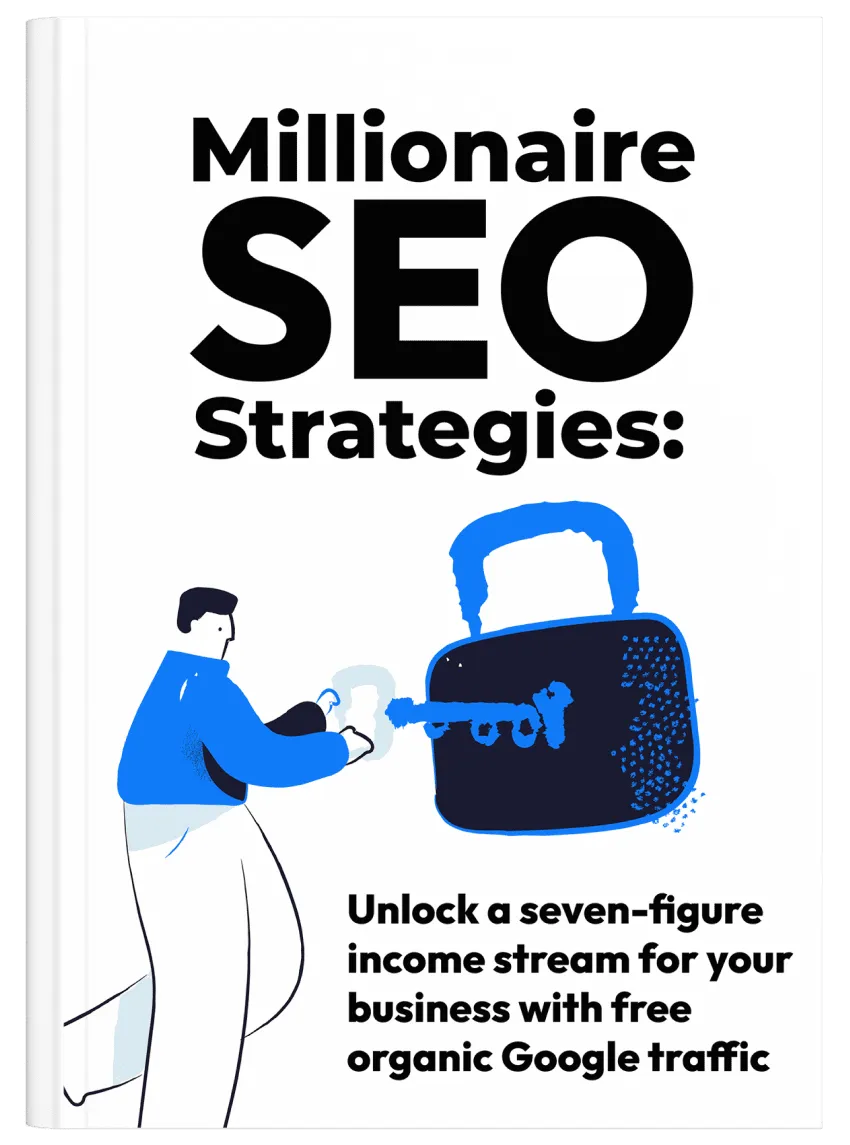
Are you making these 5 meta description mistakes?
Although many modern-day SEO professionals believe that meta descriptions do not matter anymore, they still have some value.
A few years ago, meta description was considered a relatively important search engine ranking factor. SEO professionals treated meta description is a place to utilize primary and secondary keywords to gain an advantage in the search engine results pages.
It is still true, to an extent at least. You can and should use important keywords in the meta descriptions of your web pages. However, since a meta description directly affects how search engine users engage with your website’s results in the SERPs, it indirectly affects your search engine rankings.
Poor meta descriptions do not leverage important keywords. Moreover, they also negatively affect engagement rate and click-through rates, which is not good for long-term SEO success.
In this blog post, we highlight 5 meta description mistakes that you may be unintentionally making.
Let’s begin.
1. An obsession with meta description characters
The character count for meta descriptions has always been a hot topic among SEO experts. Earlier, Google used to allow up to 160 characters for meta description. Anything beyond that got truncated.
The word-count limit has been changed since 2017. Now, Google allows meta descriptions up to 320 characters.
However, there is one important thing to note here.
Google doesn’t really deal with characters. The length of meta description basically depends on pixels. So, if you are using characters that take a large space, you will run out of space before 320 characters.
The ideal meta description should be between 920 and 1,840 pixels. Since that can be hard to track, the important thing to remember is that if you have a good meta description of, say, 150 characters, you should leave at it.
Focus on creating good, interesting meta descriptions (more on it later in the post!) instead of obsessing over character count. For as long as you are not too much beyond 300 characters, you should be fine.
2. Wasting good keyword opportunities
As we mentioned earlier, a meta description is still a good place to put your keywords. Having the right (primary) keyword in the meta description does a few good things:
- It makes your meta description more relevant to the content.
- The keyword (based on the search query) is bold by the search engine, which grabs the user’s attention.
- It may improve your search engine rankings for that particular keyword or keyword phrase.
Ideally, your primary focus should be on creating a good, powerful, and captivating meta description. It’s a great advantage if you can also put in your primary and secondary keywords.
3. Duplicating meta descriptions
It’s easy after all, isn’t it?
Especially for e-commerce stores that have tons and tons of web pages with plenty of seemingly similar products, it can be hard to create a unique meta description for each web page.
However, this is exactly what you need to.
In fact, make it your #1 rule. You should never have duplicate meta descriptions.
Treat your meta description as a pitch to your user that convinces them to click on your website’s result. If you are using a generic “pitch” for every web page, it is not going to work.
If you only have to change a couple of words to make a meta description unique, even that is better than duplicating the entire content.
4. Ignoring rich snippets
Using Google’s rich snippets is a fantastic way to improve credibility, increase authority, and get a higher click-through rate.
Unfortunately, too many websites completely ignore structured data optimisation.
If you use Google’s rich snippets, your meta description will look much more captivating and inviting. Make sure that you are fully leveraging the power of structured data.
5. An uninteresting meta description
As we mentioned earlier, the meta description should be used as a “pitch” to search engine users encouraging them to click on your site’s result and ignoring everything else.
At the same time, however, the meta description should accurately and concisely explain the contents of the web page. If it is misleading, it’s going to damage your search engine rankings.
The only solution to achieve both these goals is to create engaging, powerful, and interesting copy for the meta description.
Here are a few tips:
- Use numbers and stats whenever possible.
- Make sure that your copy doesn’t get truncated.
- It should be easy to read and comprehend.
- Use simple words and sentence structures.
- Make sure that the content of the meta description matches the contents of the web page. The content must be accurate.
- Based on your target audience, try numbers and special characters to grab attention.
- Keep it customer-centric. The meta description must give users enough reason to believe that they will find what they are looking for on your website.
Conclusion
Meta descriptions are still important. After all, these small snippets convince users to click on your website, bringing you engagement and traffic.
Do not ignore them. Use the tips mentioned in this article to improve the quality of your site’s meta description and, eventually, its search engine rankings.








